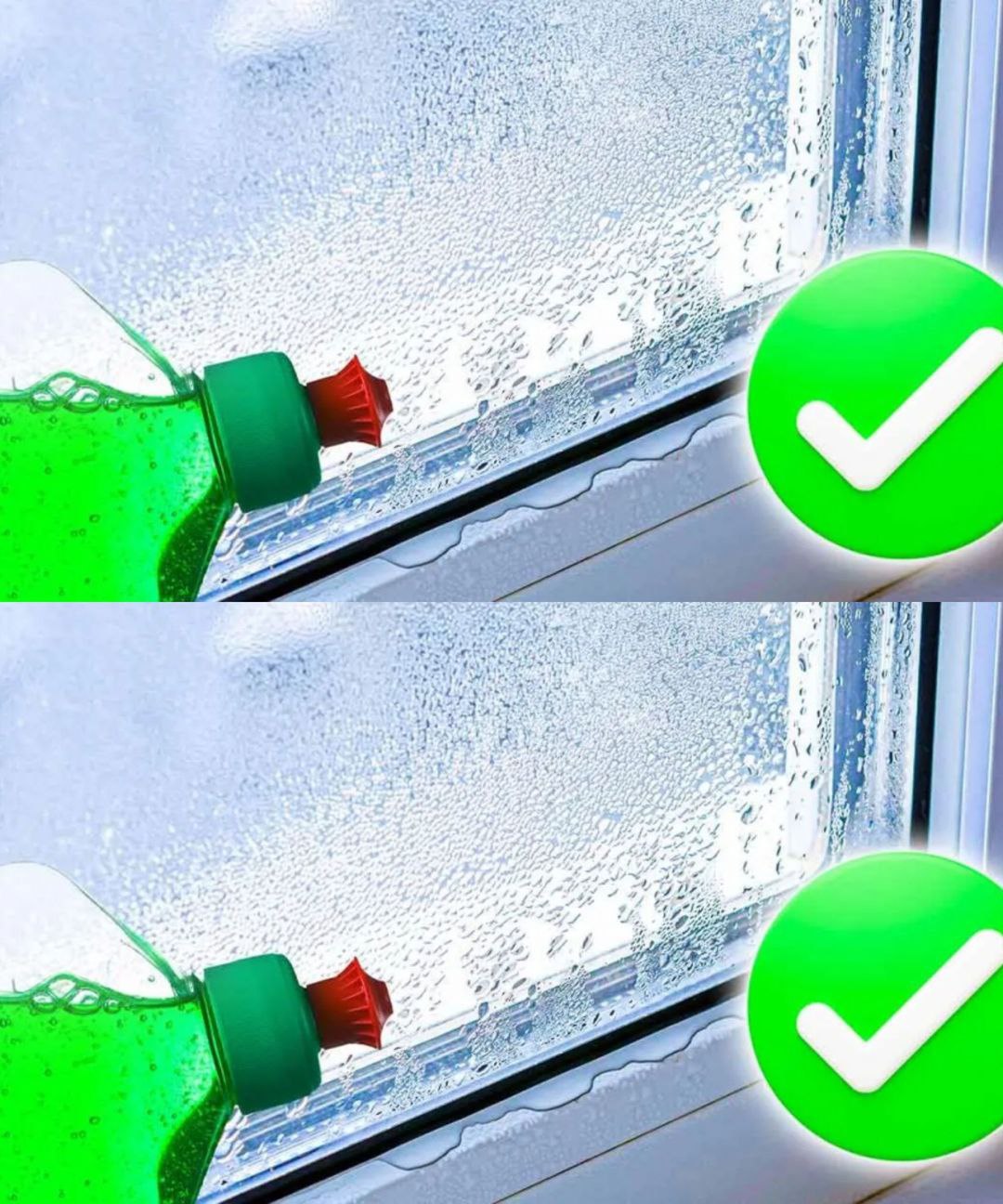ADVERTISEMENT
Fog on the Windows? This Dish Soap Trick Prevents Condensation for a Month!
We’ve all experienced the frustration of foggy windows, especially during the colder months. Whether it’s your car windows or the windows in your home, condensation can be a constant nuisance, obstructing your view and making everything feel damp. But did you know that there’s a simple, inexpensive solution that can help prevent condensation from fogging up your windows for up to a month?
Yes, you heard that right! With just a little dish soap, you can keep your windows crystal clear for an extended period. Here’s how this trick works and why it’s so effective.
The Science Behind Condensation
Condensation occurs when warm, moist air comes into contact with a cooler surface, like a window. The moisture in the air collects on the surface of the glass, causing fogging or water droplets to form. This is especially common in the winter when the warm air inside your home or car meets the cold windows, creating that frustrating foggy effect.
While there are many products designed to fight condensation, they can be expensive and may not always work effectively. But dish soap, an item most people already have at home, can offer a surprisingly effective solution.
Why Dish Soap?
Dish soap works by creating a thin, protective film over the glass that prevents moisture from accumulating. The soap essentially repels water, reducing the chances of condensation forming on the surface. It’s a simple, cost-effective solution that can help keep your windows clear for a month or more. Plus, dish soap doesn’t leave any sticky residue, making it ideal for windows, mirrors, and other glass surfaces.
How to Use Dish Soap to Prevent Condensation
Materials Needed:
- Dish soap (preferably clear, to avoid any staining)
- A clean, soft cloth or microfiber towel
- Water
- A spray bottle (optional)
Instructions:
- Prepare the Soap Solution: Mix a small amount of dish soap with water. The ideal ratio is about one teaspoon of dish soap for every cup of water. If you’re using a spray bottle, just add the soap and water to the bottle and shake gently to mix.
- Clean the Windows: Before applying the soap solution, make sure the windows are clean and dry. Use a microfiber cloth or a regular glass cleaner to wipe away any dirt, dust, or grime. This ensures the soap will adhere properly to the glass.
- Apply the Dish Soap Solution: Using your cloth or a spray bottle, apply the soap mixture directly onto the window. If you’re using a cloth, gently rub the soap solution over the entire surface in circular motions. If you’re using a spray bottle, spray a light, even layer of the solution over the glass.
- Buff the Surface: After applying the solution, use a dry microfiber cloth or a soft towel to gently buff the surface of the window. The goal is to leave a thin layer of soap behind without excess residue. The soap should not be visible, but it should create a smooth, protective layer on the glass.
- Let It Dry: Allow the window to air dry for a few minutes. Once it’s dry, your windows will be ready to go! The protective soap layer will now help prevent condensation from forming for up to a month, depending on the environmen
